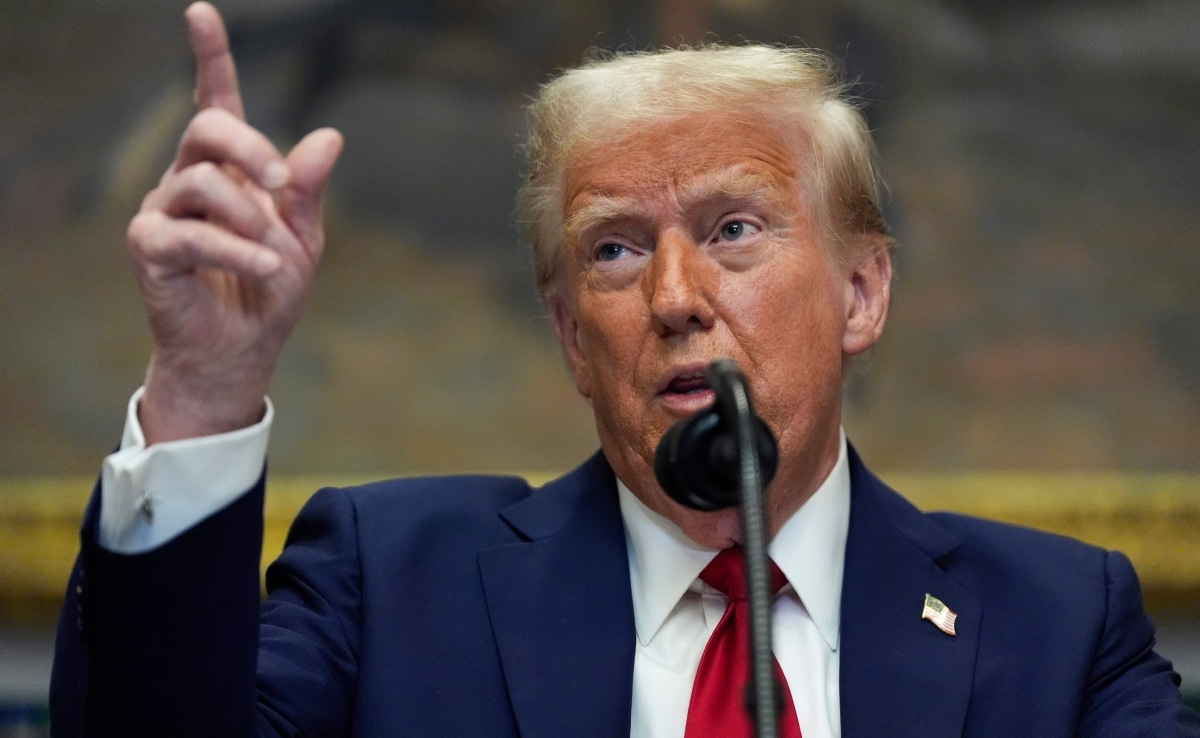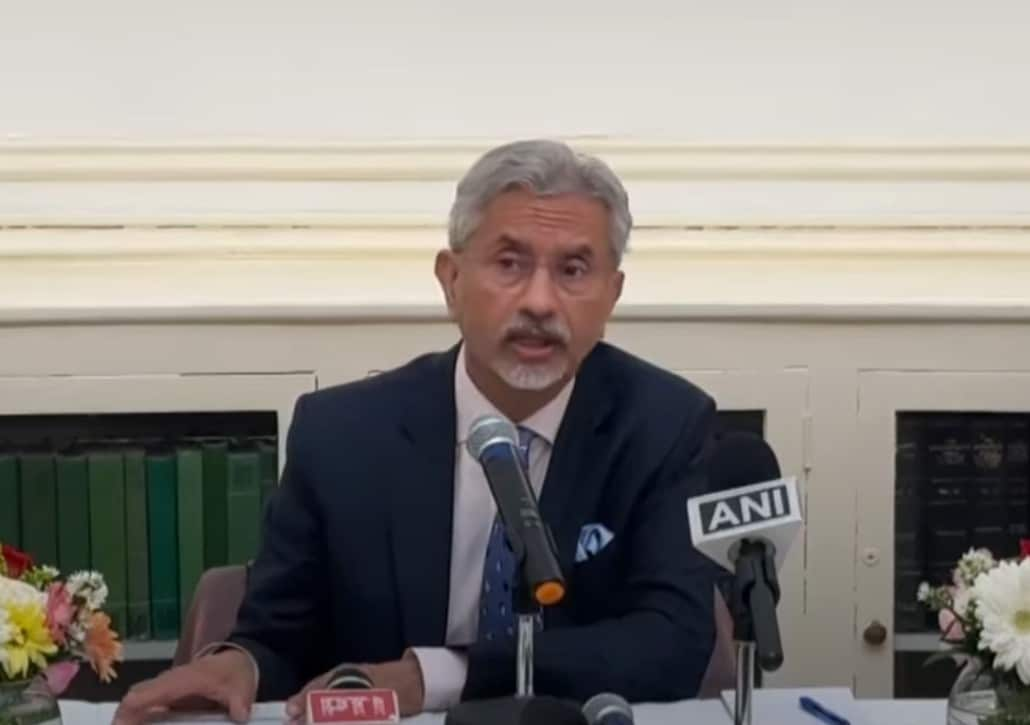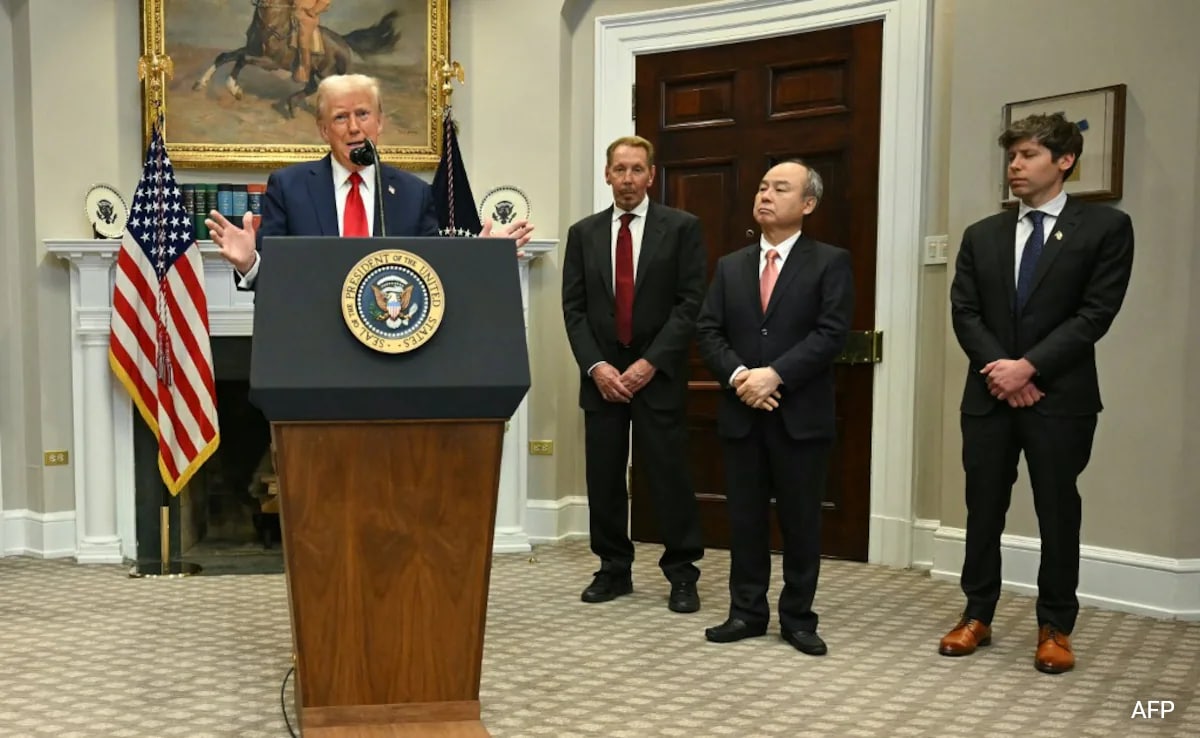New central bank governor has shown a willingness to allow the rupee to move more freely in tandem with peers in the region while still intervening in the foreign-exchange market to curb excessive moves, according to people familiar with the regulator’s thinking.
Reserve Bank of India Governor Sanjay Malhotra, who took office in December, has held multiple meetings with departments at the central bank ahead of his first monetary policy meeting in February, the people said, asking not to be identified as the discussions are private. He’s showed keen interest in the RBI’s currency intervention functions and expressed no opposition when his team explained the recent movements in the rupee and the need to allow it to depreciate, the people said.
The RBI’s overall objective is still to avoid targeting a specific level for the rupee and to intervene regularly to curb excessive volatility and prevent any speculative attacks, the people said. The new governor may allow a wider gap in the closing level of the currency from the previous day’s close if the situation warrants, the people said, without providing more details.
The signals from the new governor suggest a departure from his predecessor, Shaktikanta Das, who kept a tight rein on the currency. Under Mr Das’s six years at the RBI, the rupee’s volatility slid to the lowest among emerging markets, second only to the pegged Hong Kong dollar. The RBI under Mr Das built up the world’s fourth-biggest foreign exchange reserves of more than $700 billion and then used it to defend the currency.
The RBI didn’t immediately respond to an email seeking further information.

The rupee weakened sharply after the Bloomberg News report, losing as much as 0.14% to touch a new record low of 86.7025 per dollar. It recouped losses soon after to trade at 86.5875 per dollar as of 2:28 p.m. in Mumbai.
Since Mr Das’s departure, the rupee has slumped 2% against the dollar with the one-month implied volatility jumping to its highest in more than a year. The currency tumbled by the most in nearly two years Monday to cross the symbolic 86 a dollar level, fueled by a strong US currency and rising oil prices after sweeping sanctions on Russian energy.
The rupee was among the better performers in Asia last year, falling 2.8% against the dollar. The RBI’s tight grip over the currency has meant that the currency’s real effective exchange rate, or inflation-adjusted trade competitiveness, against its peers has risen to a record. The 40-country trade-weighted gauge stood at a historic high of 108.14 in November, suggesting an overvaluation of about 8%.
The RBI is keeping a close watch on the real effective exchange rate, the people said, with November’s overvaluation seen as excessive. The depreciation in the rupee corrects some of the overvaluation, they said.
Recent portfolio outflows – foreign investors pulled out about $2 billion from local shares so far this year and sold a net $705.5 million of fixed-income securities on Jan. 8 – showed a stable exchange rate regime wasn’t sufficient to retain investors.
Exporters, meanwhile, had raised concerns with the RBI last year on how the rupee’s stability was hurting them when rival countries let their currencies depreciate. The RBI’s policy on this already started changing during the end of Mr Das’s tenure, and now there’s a greater realization that the rupee should be allowed to find its level more freely while keeping a close watch on speculative positions, the people said.
While the central bank will allow greater depreciation in the rupee, it’s also keenly aware of India’s rising import bill, they said. Asia’s third-largest economy imports nearly 90% of its oil and a weaker rupee has pushed up the country’s energy bill.
The RBI is keeping a close watch on open positions, the person said, and won’t hesitate to intervene significantly and suddenly to break a speculative build-up. The central bank also expects the rupee to strengthen somewhat after Donald Trump is sworn in as US president next week and sees some stability in the exchange rate by the time of the monetary policy meeting next month.




